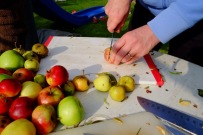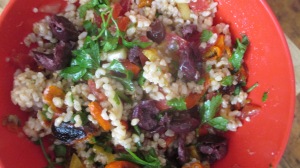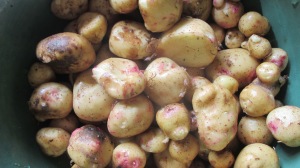FOOD WASTE AND LEFTOVERS ADVICE:
RECONSIDERING TAKEAWAYS, READY-MEALS, GRAVY AND CONVENIENCE FOOD… DEFANCIFYING THE MESSAGE…
Hubbub is a UK organisation using creative, participatory events to reduce domestic food waste. Two of their projects are on my mind right now. #PumpkinRescue is all about giving Halloween pumpkins a culinary afterlife. (I hope to take part in a Disco Soup event in Salford; check out events in your area.) #ExpressYourShelf asks people to prepare meals based on what they have on hand, and take “shelfies.” Here’s what we got up to last year at this time.
Fun. Meanwhile, the estimable Hugh Fearnley-Whittingstall is soon coming out with a new book and tv series on leftovers, “all about creating delicious meals from all those bits and bobs that are leftover from the last meal we cooked, ” says he.
Conversations about “leftovers” are everywhere these days, as concern mounts about food waste and its ecological impact, as well as the moral issue of throwing out edible food in light of local and global hunger– all pretty well summarised in the video posted above. Food waste is a large and multifaceted problem, with domestic waste being one part of that; I like to think that by not wasting food individuals can save money and be empowered to discuss and act on systemic problems too. Connecting different levels.
On the whole I’m pretty good at not wasting — except when life and work get busy and I lose focus on the shopping/cooking nexus– but that’s the point. Not wasting in our world of excess and too-muchness requires a focus and becomes a task and priority in itself that needs to be made easier.
So we might have to do things differently. Read the rest of this entry »















